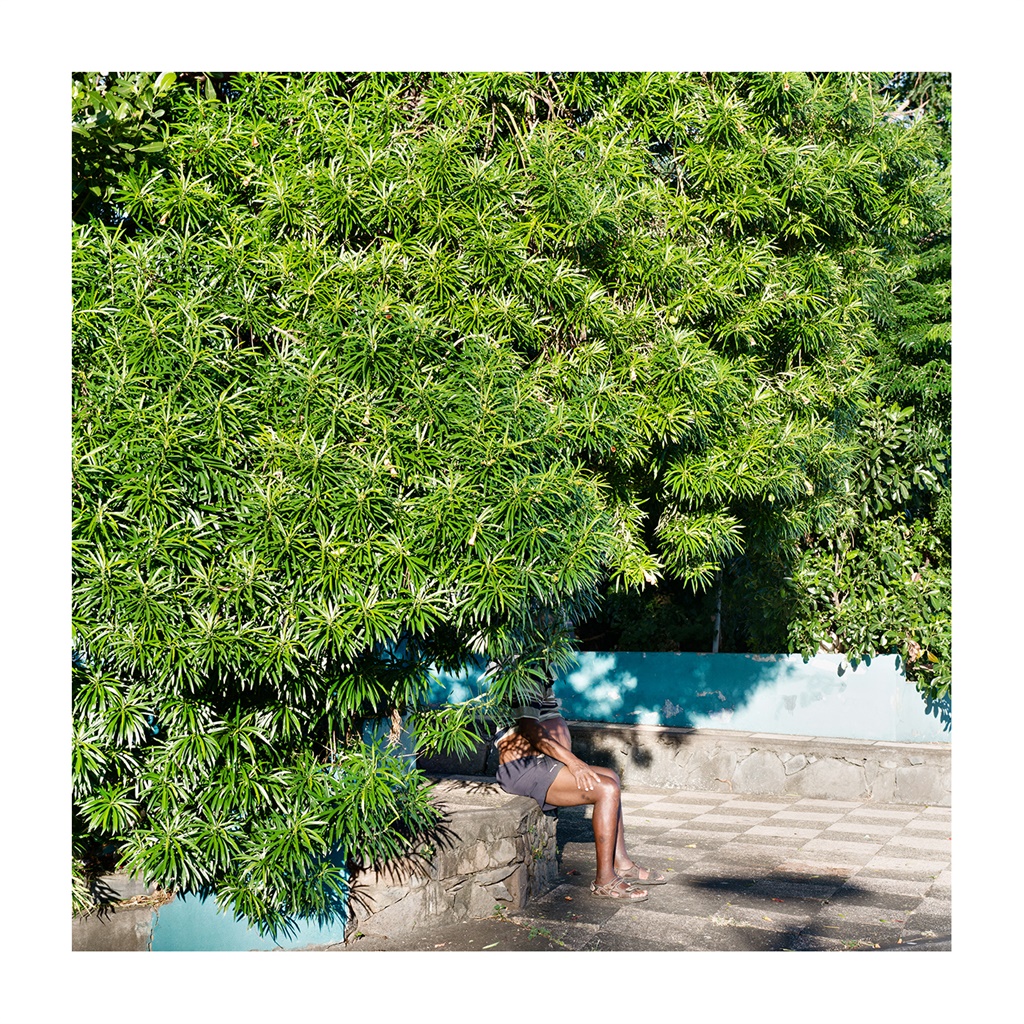
Celebrated photographer Jabulani Dhlamini deals with trauma, memory, inheritance and time through his quiet but intense images. His new exhibition, Isisekelo, shows spaces that were once touched by apartheid, slavery, colonialism and displacement. Grethe Kemp takes a look.
Jabulani Dhlamini: Isisekelo
Goodman Gallery, Johannesburg
Until May 11
Free entrance
Gallery hours: Monday to Friday: 9.30am to 5.30pm.
Saturday: 9.30am to 4pm. Closed Sundays and public holidays
Photographer Jabulani Dhlamini’s quiet, subtle photography has been on our radar since his first solo exhibition, uMama, in 2012. It told the story of single mothers in the townships, paying homage to their unseen struggles.
Like David Goldblatt and Andrew Tshabangu, his images sometimes speak more about what isn’t in the frame than what is.
In his new exhibition, Isisekelo, at the Goodman, Dhlamini presents photos taken in South Africa and during a residency at Réunion Island. For the first series, taken in 2016, he travelled to his birthplace in the Free State to visit his great-grandfather’s grave; for another he used a medium-format camera to document a common type of semi-detached house found in Soweto; and for another he investigated the legacy of Réunion Island’s slave history.
Dhlamini likes to look at the after-effects of events. He tells #Trending: “In Soweto there’s a project that questions the foundation of the Rainbow Nation.
I started taking photographs in 1996. My work questions how far we’ve come. When I photographed the houses in Soweto I saw people build their houses on the top of old foundations and, in a way, they were trying to deal with the effects of apartheid.
But you can’t build a new house on top of an old foundation. This seemed to represent what we’re doing now – trying to build something on top of an old foundation.”
In another series Dhlamini went to Cape Town and photographed where the Cecil John Rhodes statue used to stand, as well as the existing statues of Jan van Riebeeck and Jan Smuts. “When I look at the Jan van Riebeeck statue in Cape Town, it represented a one-sided story to me,” he says.
His striking image of young students relaxing on the plinth where Rhodes stood strikingly represents black youth trying to carve out a post-colonial identity.
One of my favourite images in Isisekelo is Etsheni, 2006, of a field with a jumble of white plastic chairs. I ask him about it.
“Normally I’m not an event photographer, but this was taken after the All-White party in Soweto. The organised chaos presented itself to me after the event.
Often we look at the event but we don’t look at the chaos afterwards. A lot of my images are not about what is being photographed, but what I am working on at the moment.
During this time I was researching the Soweto Uprising. Most of the photography of this time is shot when it happened, but I wanted to look at the after-effects – that organised chaos.”
In Réunion Dhlamini became interested in the island’s roots. I ask him about a particular image in Phansi komthunzi of a man half-hidden beneath a tree.
“Three Réunion Island scholars came to tell us about the island’s history during my residency. The island had many slaves and slave masters. Its population is very intermingled – in one place you’ll find black, Indian and white people.
I told people that I liked this about the place, but they told me it wasn’t always like this – there are hidden layers.
This photo, with the man hidden, is about these hidden layers.”
Another photo, Ngaphesheya, shows the back of a man’s head as he looks out at the sea. “Before I shot this image I was learning about a place in Réunion where the descendants of slave masters live.
What’s ironic is that they live a better life than most people on the island. In the picture the man is looking out at water, where Mozambique and Madagascar would be.
When slaves were transported to Réunion they were baptised and given new names. Water played a role in both taking people away from their homes and taking their names.”




 Publications
Publications
 Partners
Partners













